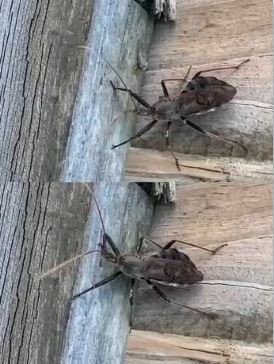
Summer brings sunshine, outdoor fun, and time spent in nature—but it can also invite unexpected visitors. While many people recognize common pests like mosquitoes and ticks, fewer know about the kissing bug, also called the assassin bug. Despite its gentle-sounding name, this insect can sometimes cause health concerns. It may feed on humans and animals and, in certain cases, carry parasites linked to a condition known as Chagas disease.
These insects are increasingly found in parts of the United States, especially in warmer southern regions. They often hide in gardens, under porches, in wood piles, or occasionally enter homes through small gaps. Their presence is more common in areas with clutter or open outdoor spaces. Pets may also encounter them, bringing them closer to your home. Knowing where they hide is important for prevention.
To protect your household, keep outdoor spaces clean and free of debris. Repair damaged window screens, seal cracks, and avoid storing firewood too close to your house. Regularly check pets for any unusual marks or irritation. Taking simple preventive steps can lower the risk of contact with these insects. Staying alert and proactive is one of the best ways to stay safe.
If someone becomes infected, early signs of Chagas disease can include fatigue, mild fever, headaches, or skin irritation—though some people may not notice symptoms at first. Because the illness can progress quietly, timely medical attention is essential. If you suspect exposure, contact a healthcare professional for proper testing. With awareness, prevention, and early care, you can enjoy a safer and healthier summer.